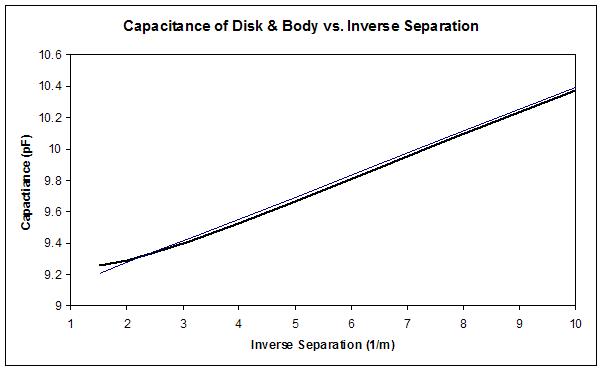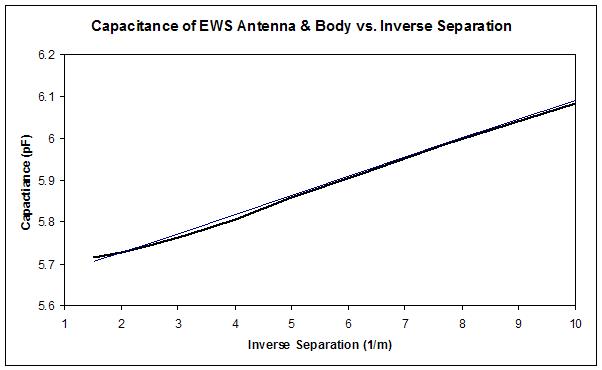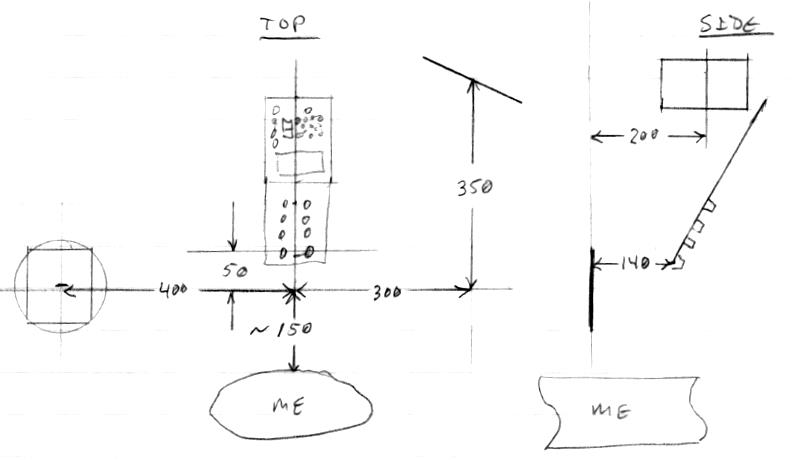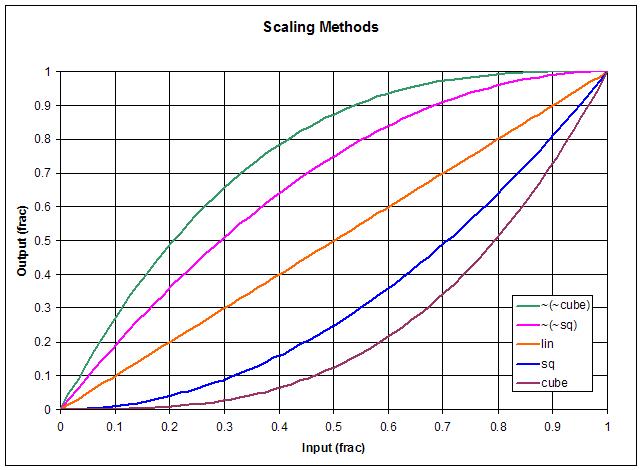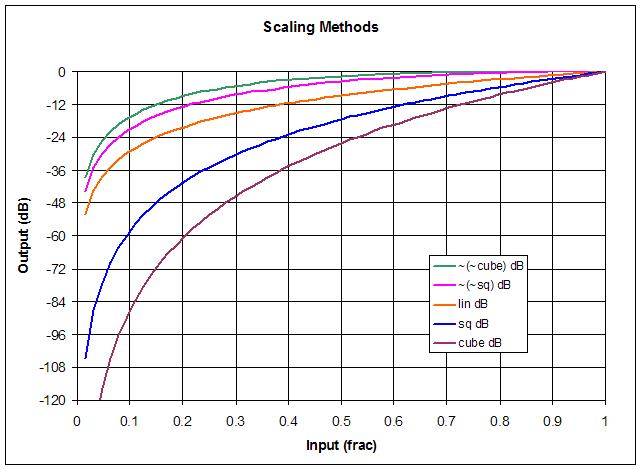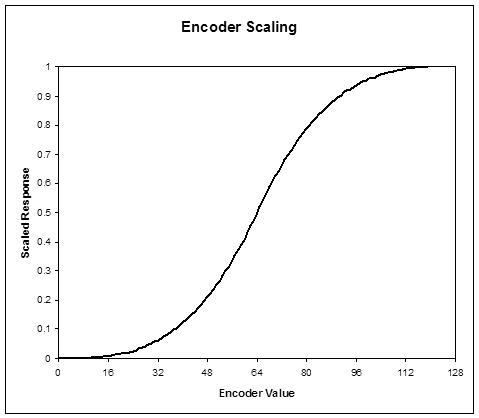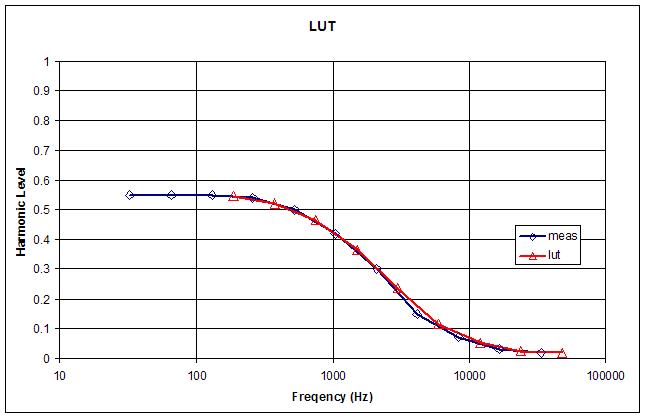NOTE: These are only my opinions, even though my opinions get a little strong at times. It's just one more perspective.
"Exactly which legacy features are good to retain are a series of judgement calls, unfortunately. (As an engineer I've developed a rather visceral reaction to legacy and I'm trying my best to keep that at bay! :-)" - Dewster
I think you've done some great things by ignoring legacy for the D-Lev architecture and electronic design. I think it is riskier to ignore legacy and tradition when it comes to the appearance and feel of musical instruments.
"And user variable note spacing frees the player to use whatever hand / fingering style that works best for them (wider settings enable other minor things like breathing and not having to stand like a statue). Data point of one, but I wouldn't have bothered to learn the Theremin without this feature as it is so central to playablility for me. Larger note spacing profoundly alters the playing experience in a very fundamental way - it's like going from a mandolin to a classical guitar."
The D-Lev's ability to optimize linearity and octave spacings to individual preferences is a huge deal - I would say it was the biggest selling point if it weren't for the even bigger attraction of its synthesizer section (cello!). Going from the Etherwave, to the Subscope, and then to the D-lev (with rod/loop), I find that everything just gets easier and more natural with the D-Lev because the nearly perfect linearity allows most music to be played closer to the body with the forearm nearly vertical rather than being extended outward. Larger note spacing contributes to the playing comfort, although making octave spans larger than you can reach with strictly hand and wrist movements tends to reduce the speed and accuracy of fast jumps. My standard for setting up maximum octave interval spacing is "When You Wish Upon a Star", because of the fast octave jumps. At least until Disney sends lawyers over with a Cease and Desist.
"In my mind plates are part of this. A long thin pitch rod is there on analog Theremins for very good engineering reasons as it helps to linearize the field somewhat. Once that pressure is removed, can we do better? And if we can, why not? I'm sure that there are players who depend, however consciously, on the geometry a thin pitch rod imparts to the near field for their playing style (I'm looking at you Roger! :-). Nothing personal, but how much should such players be accommodated when the slate is clean?"
Not at all, if you don't mind wiping clean the slate of skilled- and professional-level players and potential customers who understand that a planar pitch field is going to feel different from a cylindrical one, or who simply prefer a more traditional-looking instrument.
The D-Lev pitch controls can adjust interval spacings and linearity along a line, but it's the antenna shape that strongly influences how the spacings and linearity change as you aim to the left or right of the antenna. A plate has more consistent field contours to the left or right of center and is consequently less sensitive to aiming errors in that direction. But for some players this is actually going to be a negative if they are accustomed to intentionally aiming off-axis for some notes in order to hit the pitch contours tangentially. If you don't use this technique and your movements are limited to a line directly toward and away from the antenna, this is going to sound like gibberish. But if you use both finger extensions and large wrist rotations, a plate will have a different feel as you get close to it, and intervals will feel off until you acclimate. Jumping back and forth between plate and rod antennas is the main concern. If you play only on plates, I suspect you would never know a difference.
"I mean, if they've already accommodated themselves and their playing style to rigid demands of one form of the instrument, is it too much to ask them to adapt a bit to another?"
Yes. If there is no discernible advantage to doing so, why would that even be considered?
I mean, Taylor guitars will probably build you a custom acoustic guitar with a 35" scale if you order and pay for one, but they don't just start building them that way and force the customers to accommodate their playing style to it. In my opinion the rod/loop combination on the D-Lev has plenty of sensitivity and more than it needs for the largest pitch field. Yesterday I left the theremin on all day to do temperature-rise tests, and as I was going in and out past it the tuner would start showing movement when I was passing within 10-12ft, and this is with metal benches all around. I can unscrew the pitch antenna from my metal ball swivel, leaving only the 3/4" metal ball and the hot end of the pitch inductor for an antenna and still get a reasonably playable pitch field after auto-calibration.
"One thing that often stands out to me when watching videos of public Theremin performances is the Steve Martin "disappearing dime trick for those in the back row" effect - traditional antennas are so thin it often isn't at all obvious what is being addressed by the player's hands, thus minimizing much of the dramatic effect ("why's that guy waving his hands around?" or "why is that girl standing so still and moving her fingers?"). Plates or larger diameter tubes would be much clearer in this respect."
That sounds like a bit of a stretch for an argument. You can't see the horsehair on the cellist's bow either, and it doesn't detract from the performance at all. You see an instrument (whether a flute or a tuba or a plain wooden box) and you see the performer's body movements. I doubt that anyone misses the fact that a theremin is being played with gestures, and the shape or the existence of the plates or rods or anything in between is probably of no concern. It only adds to the mystique if they can't see anything, but it's not like the chrome antennas are invisible either.
"I suppose one should at least offer the option of conventional rod & loop antennas, but honestly they feel like a step forward missed."
I would probably say the same if I saw this really incredible theremin-synthesizer that just came out but it only came with plates, which would more than likely be a show-stopper for me. Certainly not everyone feels that way, but since the D-Lev can accommodate both types of antenna styles without difficulty, it seems to make sense to respect the player preferences and at least offer both types. This isn't like an analog theremin where minor antenna changes can easily kill one or both of the oscillators.
"I probably shouldn't be so adamant about it though, and I hope no one thinks I'm attacking them personally over this."
No, but it's a good thing that we are separated by several states otherwise I'm afraid we would have to settle this outside ![]() . Now that I know that we are of roughly the same vintage, that is.
. Now that I know that we are of roughly the same vintage, that is.


